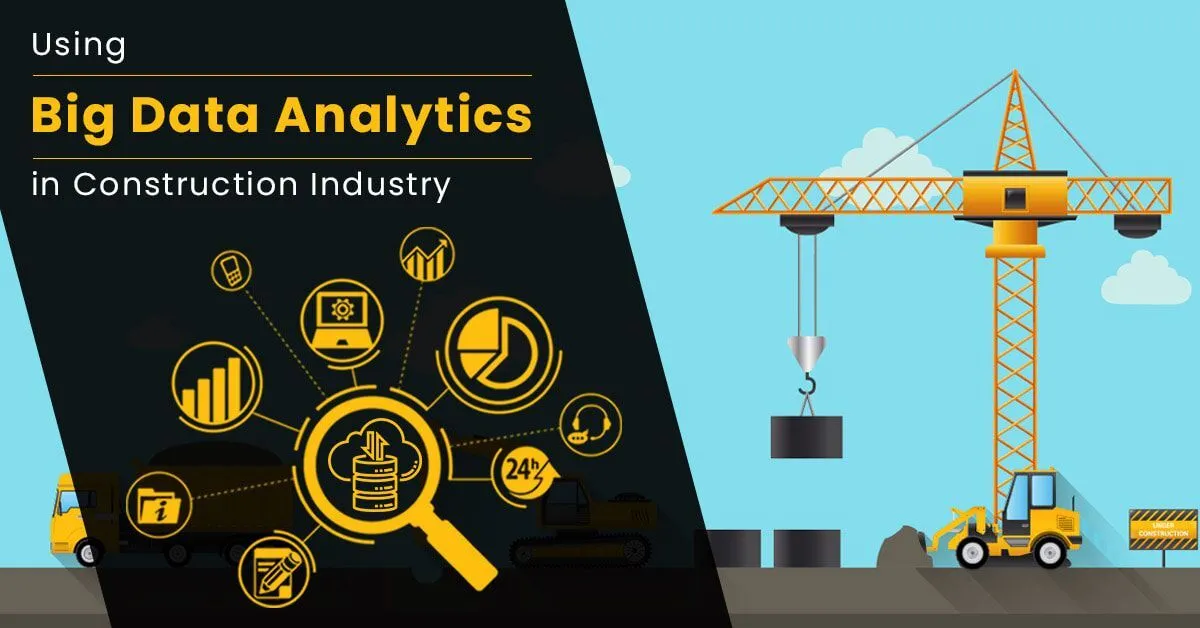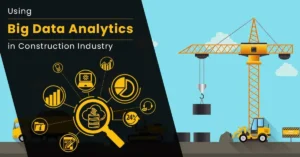In construction, time is money—and delays can be the difference between success and failure. Whether managing a high-volume home development, coordinating restaurant openings, or overseeing multi-site construction projects, leaders need more than instinct. They need real-time insights, predictive analytics, and AI-powered decision-making to stay ahead of risks, control costs, and deliver on time.
The Construction Analytics Revolution
Despite being one of the largest global industries, construction has long been underserved when it comes to intelligent tracking, predictive planning, and actionable insights. Many firms still rely on outdated spreadsheets, siloed reports, and reactive problem-solving instead of using data-driven foresight to anticipate challenges and mitigate risk before it’s too late.
That’s where Rower comes in.
We leverage Alteryx, Databricks, Tableau, Power BI, and advanced AI models to empower construction leaders with the right data at the right time, turning complex challenges into clear, executable strategies that keep projects on track.
Key Applications of Data & AI in Construction
1. Predicting Completion Timelines with Precision
Missing deadlines isn’t just a nuisance—it’s a financial disaster. Using machine learning models in Databricks, we forecast delays before they happen, factoring in everything from weather risks to staffing shortages and regulatory bottlenecks, ensuring you stay ahead of disruptions.
2. Tracking Construction Stages in Real-Time
From permitting to final inspection, we provide end-to-end visibility into project status across multiple sites. With Tableau and Power BI dashboards, stakeholders can access real-time updates, proactively manage bottlenecks, and coordinate teams for seamless execution.
3. Optimizing Contractor & Vendor Performance
Not all contractors are equal. By analyzing historical performance data with Alteryx, we identify the firms that consistently meet deadlines, minimize cost overruns, and deliver high-quality work, helping you make informed hiring decisions.
4. Understanding Location-Based Risks
Some sites require more time and planning—whether due to zoning laws, weather patterns, supply chain constraints, or nearby gas stations impacting permitting requirements. Our AI models assess location-based risks, helping teams plan with confidence and precision.
5. Managing Change Orders & Preventing Scope Creep
Unexpected changes derail projects, drive up costs, and push back completion dates. We track and analyze change orders, providing insights into root causes, financial impact, and strategies to mitigate unnecessary disruptions.
6. Ensuring Multi-Site Coordination & Scalability
Building hundreds of locations at scale? Rower’s analytics solutions provide centralized visibility across all active projects, enabling leaders to balance resources, set realistic targets, and accelerate completions—all while keeping costs in check.
Why Data is the New Blueprint for Construction
Construction projects are complex, fast-moving, and high-stakes. Relying on instinct and outdated tracking methods is no longer enough.
By integrating Alteryx for automation, Databricks for large-scale analytics, and Tableau/Power BI for dynamic reporting, Rower transforms raw data into powerful insights, giving leaders the tools they need to build faster, smarter, and with fewer costly surprises.
Construction isn’t just about breaking ground—it’s about breaking barriers. And with the right data, the possibilities are limitless.
Ready to see what’s possible? Let’s talk.
Author
-

Bilal Hashim is a seasoned data professional with a passion for helping businesses unlock the power of their data. With years of experience in analytics and a deep understanding of emerging technologies, Bilal specializes in crafting solutions that drive innovation and deliver measurable results.
View all posts



